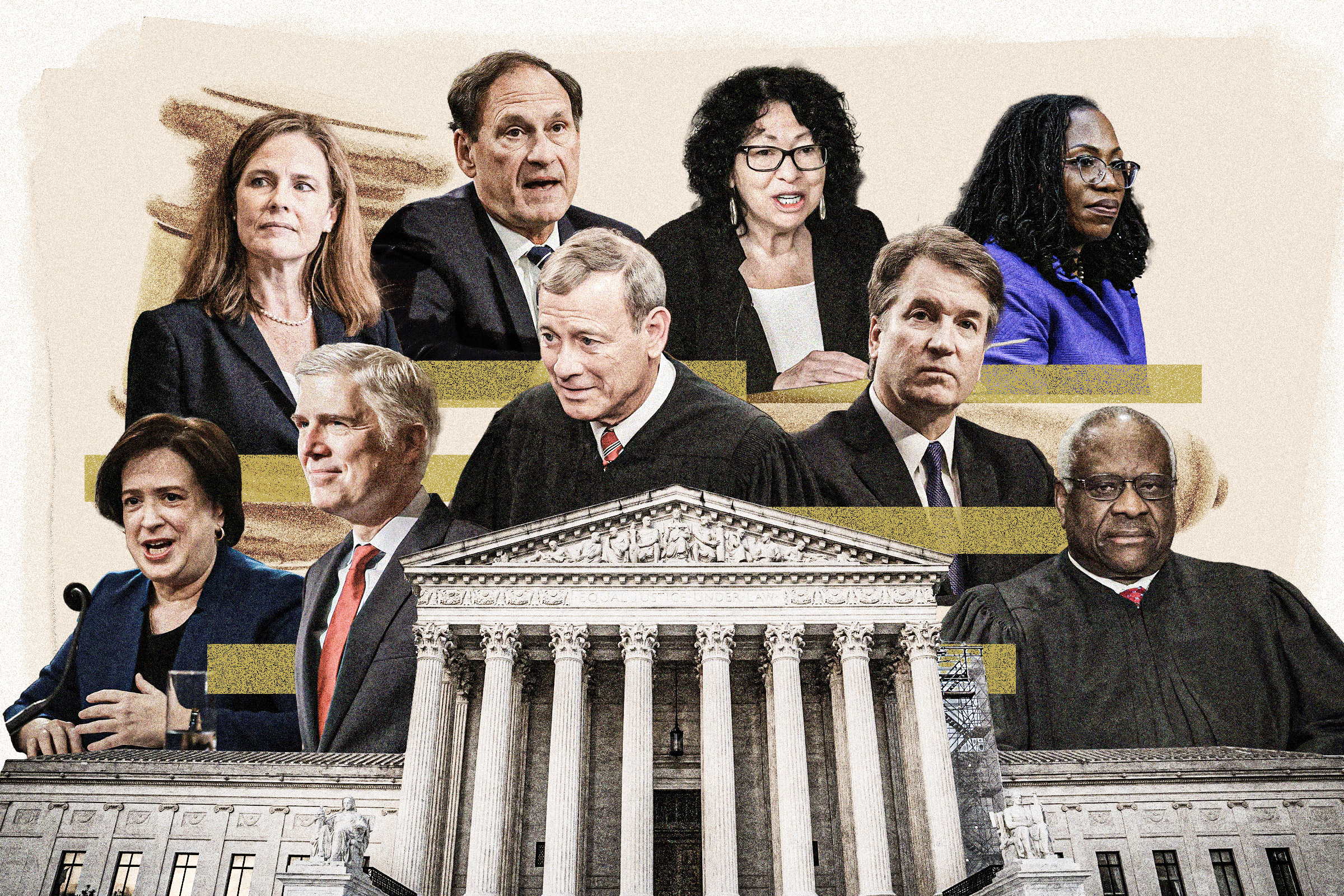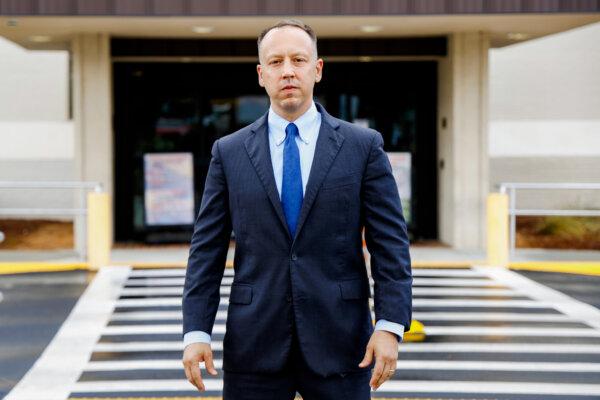WASHINGTON—The Supreme Court last week issued a pair of rulings to limit the power of the federal government, curbing agencies’ ability to make regulations and take certain enforcement actions.
In a major ruling on June 28 in the case of Loper Bright Enterprises et al. v. Raimondo, the majority overturned a 40-year precedent known as the Chevron deference doctrine. That precedent required courts to defer to agencies’ reasonable interpretations where there are ambiguities in statutes.










